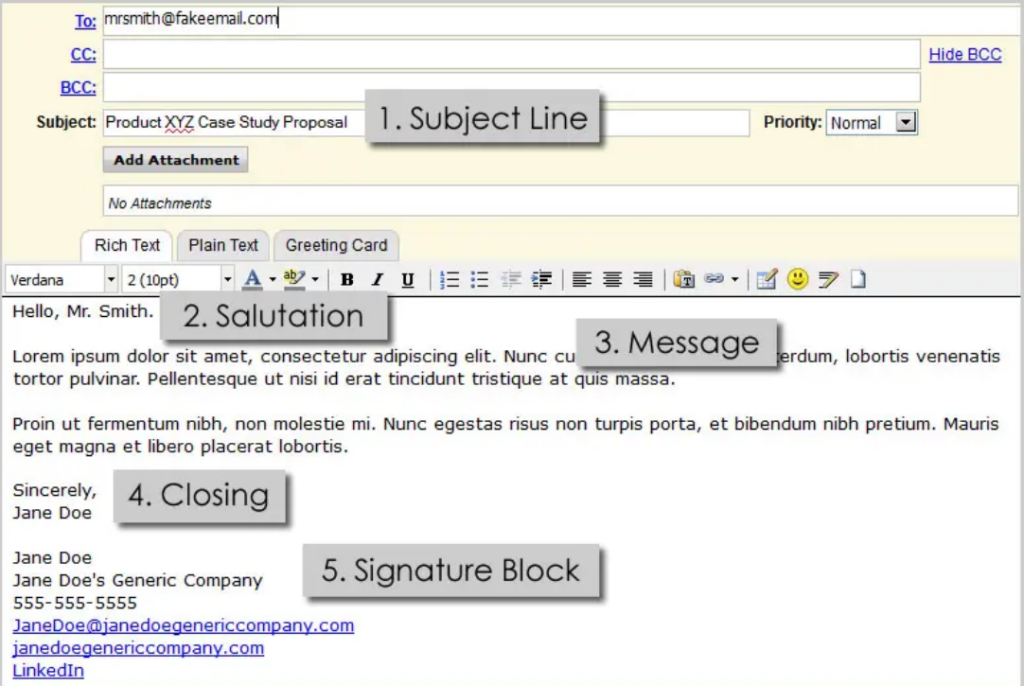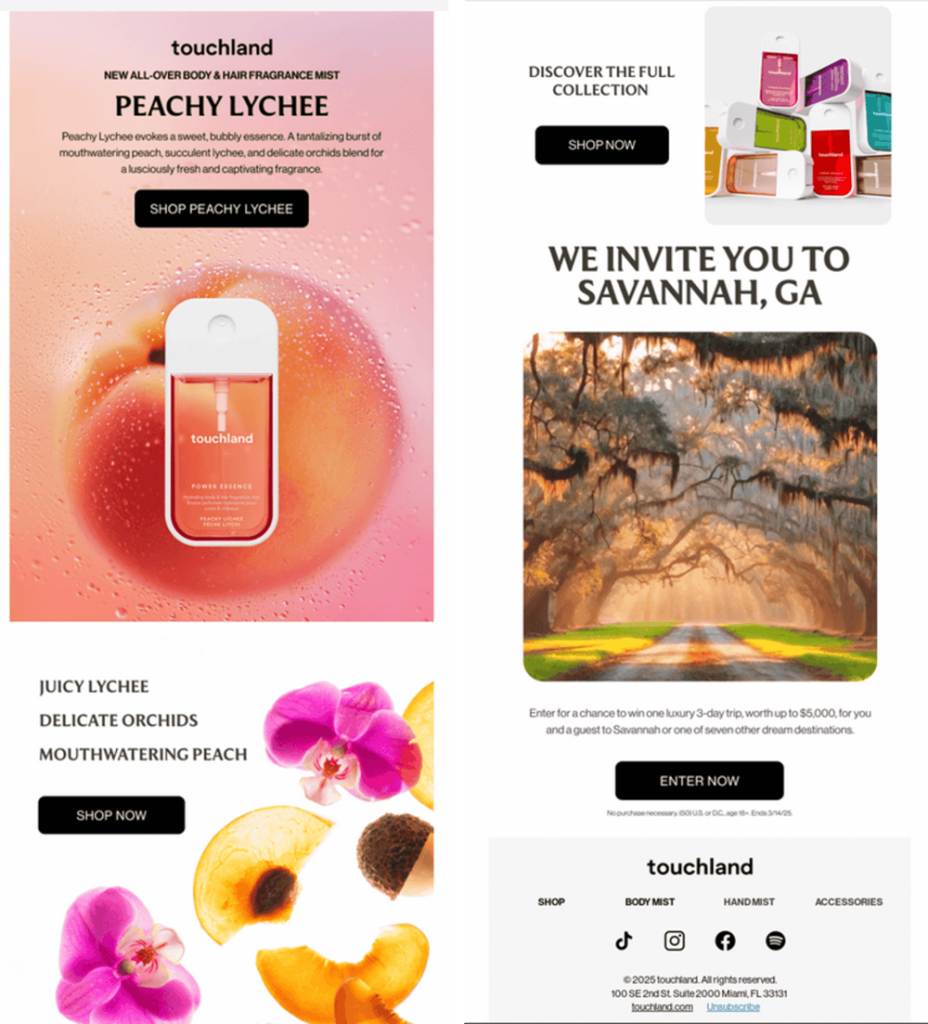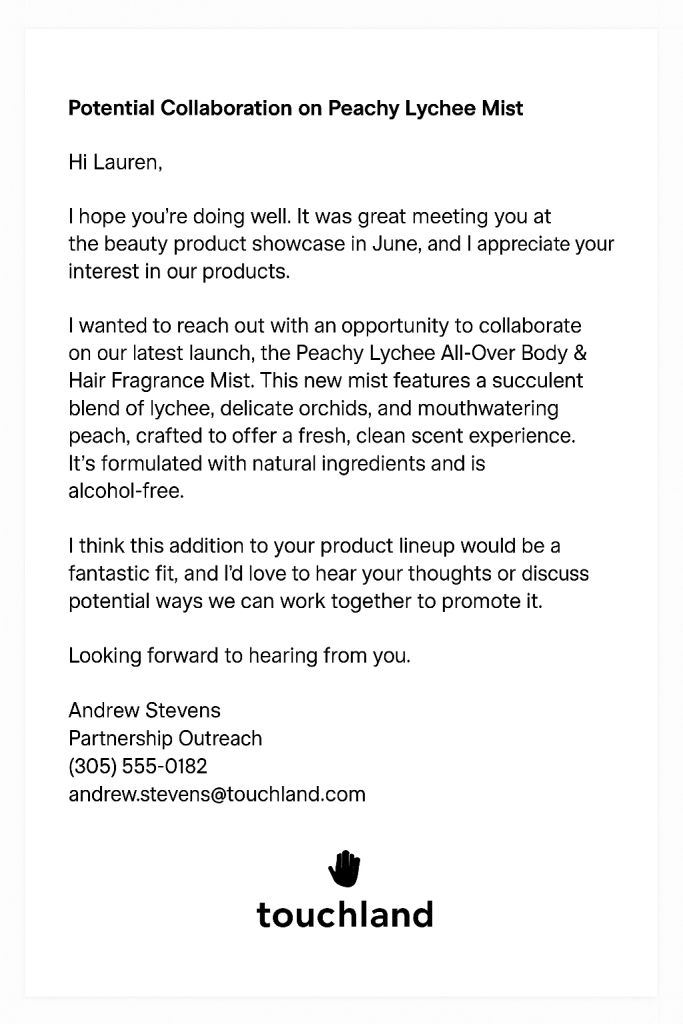- Home
- Email Tips and Tricks
- Why Business Email Still Matte ...

Contemporary communication has become incredibly digitized. We talk via DMs, messengers, and Zoom calls for work and private matters alike. All of these channels require no more than pressing a button to send a message, written or verbal. Since the boundaries between private and working life became incredibly blurred, many may even wonder, “What does a business email look like to begin with?” For others, especially younger generations, the concept of business email might seem completely outdated too. But in practice, it’s still one of the most basic and persistent markers of professional communication.
In this article, we will talk about business emails and why they still matter—not just as a corporate communication channel, but also as one of the email marketing tools.
What Is a Business Email?
By definition, a business email is any email address tied to a company’s or organization’s custom domain. For example, info@clearlogicmedia.com. So, if you want to be taken seriously in the business world, this is just the minimum prerequisite of a professional business email. It’s your corporate digital identity. And this belonging feels like accountability and credibility for the recipient.
While a business email doesn’t guarantee the sender’s expertise or trustworthiness, it sets a certain baseline. And this baseline means a lot in a professional context. Not only does it look better, but also because it creates structure and gives a sense of belonging. It tells your recipient that you’re not emailing from your bedroom, even though, with remote work, you often do. It shows that you have a certain digital identity and that you are reaching out from a company that has a name, a structure, and a reputation.
Business Email vs. Marketing Email: Understanding the Difference
While both business emails and marketing emails land in the recipient’s inbox with a certain offer or request, they are still very different by nature. And probably the main thing that sets them apart is the degree of directness and intent they carry.
What does this mean? A business email usually doesn’t try to play with the customer or attract attention with promos, hints, or subtle nudges. Quite the opposite—it’s very on point. And the more on point it is, the better. Because the clearer you can outline what you need or what you’re thinking about, the easier it is for the recipient to respond. It’s a message with a very specific context: replying to a client, reaching out to a partner, or asking a question. And the more clearly this context is communicated, the more effective the email becomes.
A marketing email, on the other hand, is quite different in that regard. It usually promotes a product, a special offer, or a new webinar. But whatever the content is, it never says, “Buy this” or “I need that feedback by 4 PM.” Instead, it implies the value of the product or offer without directly spelling it out. It often achieves this through design. And that’s where the next big difference lies.
Business emails are visually simple. They have no heavy formatting or layered structure. Clarity is what makes them efficient. Marketing emails rely heavily on visuals. Their success often depends on whether they can catch the eye. That’s why they are heavy on images, buttons, and banners.

Why Business Email Matters in Marketing
As we discussed in the previous part, business emails are not meant to sell in the traditional sense. Nonetheless, they still play a crucial role in an overall marketing strategy—not as an individual thing, but in combination with traditional marketing. And here’s why.
Business emails sound direct and human. That’s why they are very helpful for building real relationships. They don’t push any offers or messages, but they are that in-between communication line that comes between newsletters or promotions and adds this so-needed level of personal touch and credibility. It’s one person talking directly to another.
That’s why, unlike automated flows, a well-written professional business email shows that there is a person behind the brand. That’s exactly why it doesn’t need any CTAs to be efficient—because it relies on the let me know what you think logic, which often works better than any discount. Because it’s human. And real.
How to Write a Business Email: Useful Tips
🔹 Use a business email address
While this might sound obvious, it’s your best way to show your credentials. If you’re writing on behalf of your company, make sure your recipient knows it. A business email tied to your domain is always more professional and reliable than any Gmail address.
🔹 Keep your subject line clear
Don’t try to be too creative. In a business email, it’s not necessary. Just say what the email is about—that’s what works best for busy people.

🔹 Start with context
This is especially important if you haven’t emailed the person before. Remind them where and in what circumstances you got connected and why you’re writing. Don’t assume they’ll remember—because most likely, they won’t.
🔹 Get to the point
After you’ve introduced the context, be clear. Say what you want or need without any unnecessary rambling. The more direct you are, the easier it is for the recipient to respond.
🔹 Avoid unnecessary formatting
Business emails don’t need to be colorful or fancy, so avoid banners or bright highlights. Let your message do the work.

🔹 End with a clear next step
It’s important to signal what you expect. A simple “Let me know what you think” or “Looking forward to your reply” is often enough to give your recipient a hint that you expect some feedback from them.
🔹 Always include a proper signature
The final step in being professional is signing off with your name, title, company, and contact info. Keep it informative and easy to read.
Business vs. Marketing Email Example
Let’s look at the same product presented in two different emails—a marketing email and a business email—to illustrate the difference in the most straightforward way.
Marketing email example

The marketing email example is visually rich; it uses bright images and tries more to impress with the looks, fonts, and design, and it shows the value of the product through them. It also offers the recipients the chance to make a purchase right away—in the best traditions of marketing email campaigns.
Business email example

The business email is doing a completely different thing. It focuses on the context of where the contact happened and tries to point out the value of the product in that specific case. It doesn’t try to make a person buy it right away but instead highlights how the product could complement their business. It then offers to stay in touch for further communication.
Same product, different goals—different emails.
To Sum Up
In this article, we brushed the dust off something some users might have forgotten about—while others might not be familiar with it at all: the business email.
With the abundance of faster, more casual ways to communicate, it’s easy to think that business emails don’t make much sense these days. While they might not feel as modern or as dynamic as marketing campaigns, they haven’t disappeared—they’ve just acquired a new role.
Even if you are the one asking, “What is a business email?” think of it as a part of your email marketing strategy. It might not be particularly outstanding, but it carries the most human touch. And human touch builds trust.



